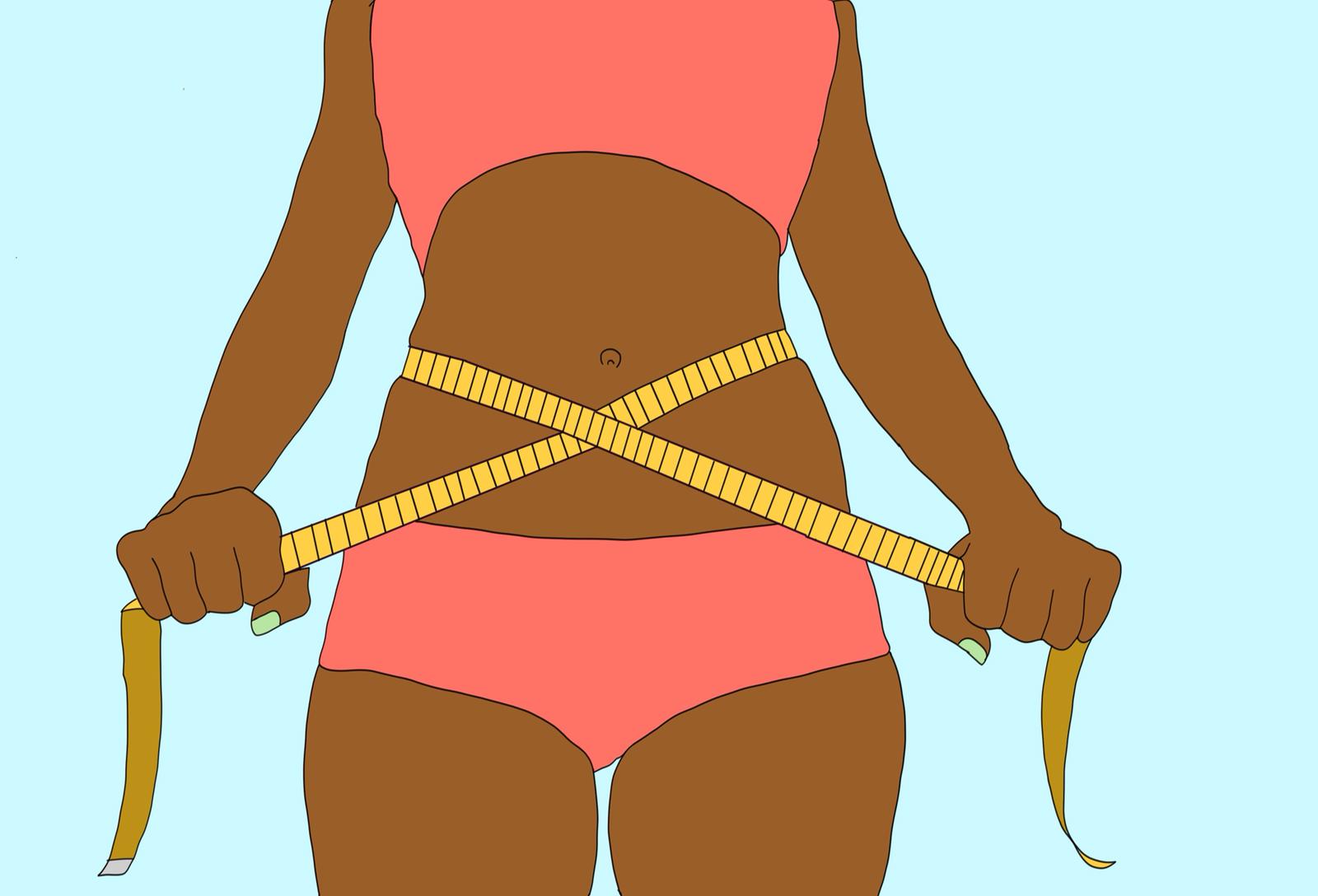Losing weight is a hot topic on most people’s lips. Many of us would like to shed a few pounds from time to time or have a dramatic transformation. So I wasn’t at all surprised to find that the phrase ‘how to lose weight’ was ranked number one with a whopping global monthly search of 550,000 times.
According to the NHS, women should be consuming approximately 2,000 calories a day. When dieting, reducing this intake by 500 calories each day will result in an estimated weight loss of 1kg per week.
Whatever your weight loss goal may be, there are numerous diets out there promising you that you’ll get there if you follow them. Most diet plans ask you to eliminate certain food groups like the Atkins, vegan and ketogenic diet, however intermittent fasting works differently.
What is intermittent fasting?
Intermittent fasting focuses on establishing a pattern between eating and fasting. I know the thought of not eating and falling into a never ending abyss of starvation sounds scary. But this certainly isn’t the case.
Throughout the course of time, humans have fasted for various reasons whether survival, habitual or religious. And I am certain that most of us have unknowingly ‘fasted’ at some point in our lives. Chances are you have skipped breakfast so had brunch or waited it out until midday. Skipping a meal and eating after a prolonged amount of time could easily be defined as fasting. So the idea of intermittent fasting may not seem so bad after all.
The four main fasting methods

- 16/8 method: Fast for 16 hours every day
- 5:2 method: Restrict your calories to 500-600 per day, two days a week
- Eat-stop-eat method: Fast for one or two 24-hour periods a week
- Alternate day method: Fast every other day
I have tried and tested all of these methods over the course of two years and have found that some techniques have worked better than others. This is what I deduced after trying out these different types of fasts.
The 16/8 method
This approach is where you eat for eight hours and fast for 16. It is as simple as that. I usually eat my first meal at 10am and have my final meal of the day by 6pm. Because I’m accustomed to skipping breakfast, this felt like a doddle.
It’s noteworthy that water, tea and coffee are allowed to be consumed during the fasting period, which was perfect for me as it helped keep my hunger pangs at bay.
- Level of difficulty: 1/5
- Sustainability: 4/5
- Overall weight loss effectiveness: 4/5
The 5:2 method
I found restricting my calories down to 500-600 per day, twice a week, challenging. It made me feel unfulfilled and hungry, and I ended up overeating on my non-restrictive days. This certainly left me feeling defeated. Having said that, I’m sure it would work for others, just not for me.
- Level of difficulty: 4/5
- Sustainability: 1/5
- Overall weight loss effectiveness: 1/5
Eat-stop-eat method
A couple of 24-hour fasts in the week is known as the eat-stop-eat method. I would eat a hearty and nourishing meal at 6pm, then intend to eat again the following day at the same time. I was used to long fasts but this particular method would always get to me. I’ll be honest; I didn’t feel like I had the energy to persevere with it and I would feel hungry quite quickly. It would remind me of how much food I wanted to eat once the fast was over, rather than reduce my overall calorie intake and make wise food choices.
- Level of difficulty: 4/5
- Sustainability: 1/5
- Overall weight loss effectiveness: 1/5
Alternate day method
As the title suggests, alternate day fasting is fasting every other day. This is great if you can keep up with it. I can see why it would be beneficial but again it didn’t work for me. The rigorous momentum was quite exhausting and it felt like I couldn’t extract the true benefits from this type of fasting. Fatigue, headaches and hunger would all cave in.
- Level of difficulty: 3/5
- Sustainability: 1/5
- Overall weight loss effectiveness: 1/5
Overall advantages of fasting
- Gives your body a break from continually processing food.
- Simplifies your day by cutting out mealtime preparation.
- Lowers your insulin level; mine would be within the 4 to 5 range. (I have a monitor at home.)
- Lowers blood pressure. (Again, I have a blood pressure machine at home and my readings would be within the normal range.)
- Releases fat-burning hormones such as adiponectin and leptin.
Overall disadvantages
- Binge eating; something I was doing which was counteracting the point of fasting.
- Fatigue; I was eating the wrong food groups with some of the intermittent fasting methods.
- Weakness and headaches; some of the methods were too demanding for me to keep up with.
Things to bear in mind
With everything in life, what may work for one person may not for another and any form of diet should always be consulted with a doctor or other qualified health care professional.
To sum up, I believe that intermittent fasting is brilliant. It’s free and when you find the right type of method to follow (like I did) you’ll reap the benefits of being healthier.
Find more lifestyle articles here >
Written by Mimi Zahid
Illustrated by Francesca Mariama

